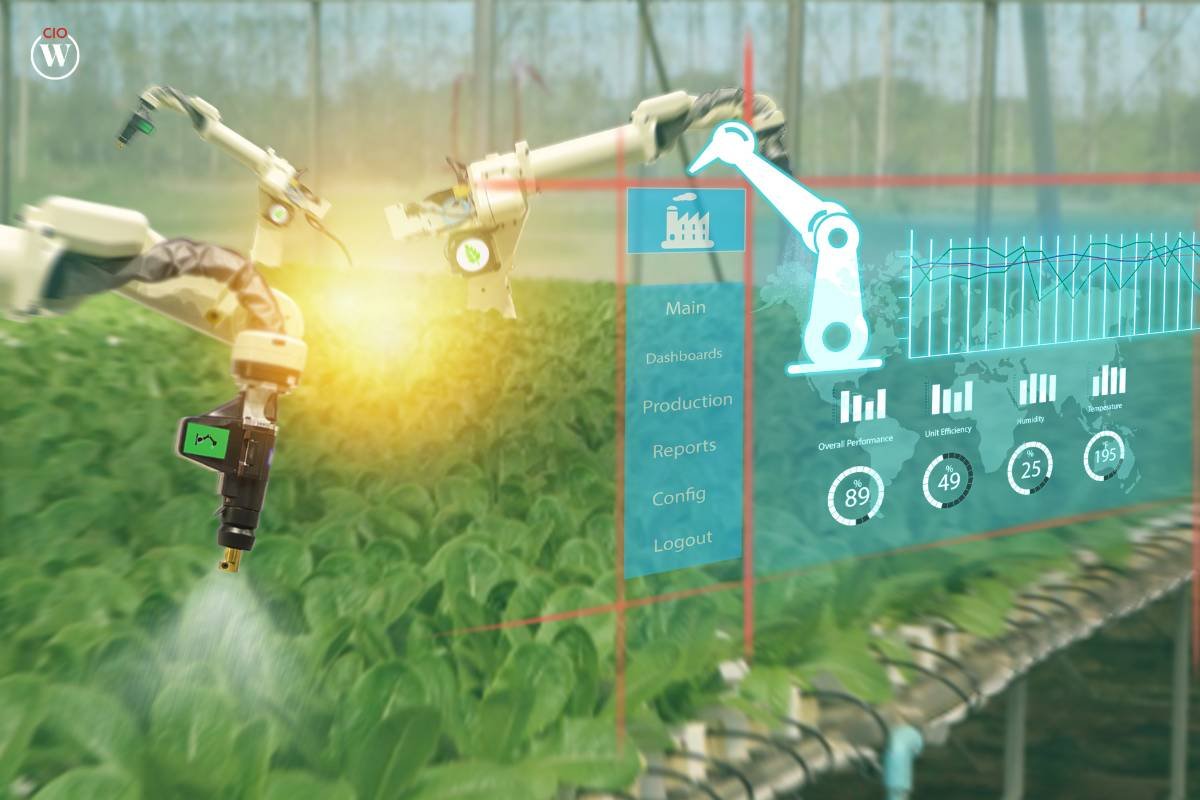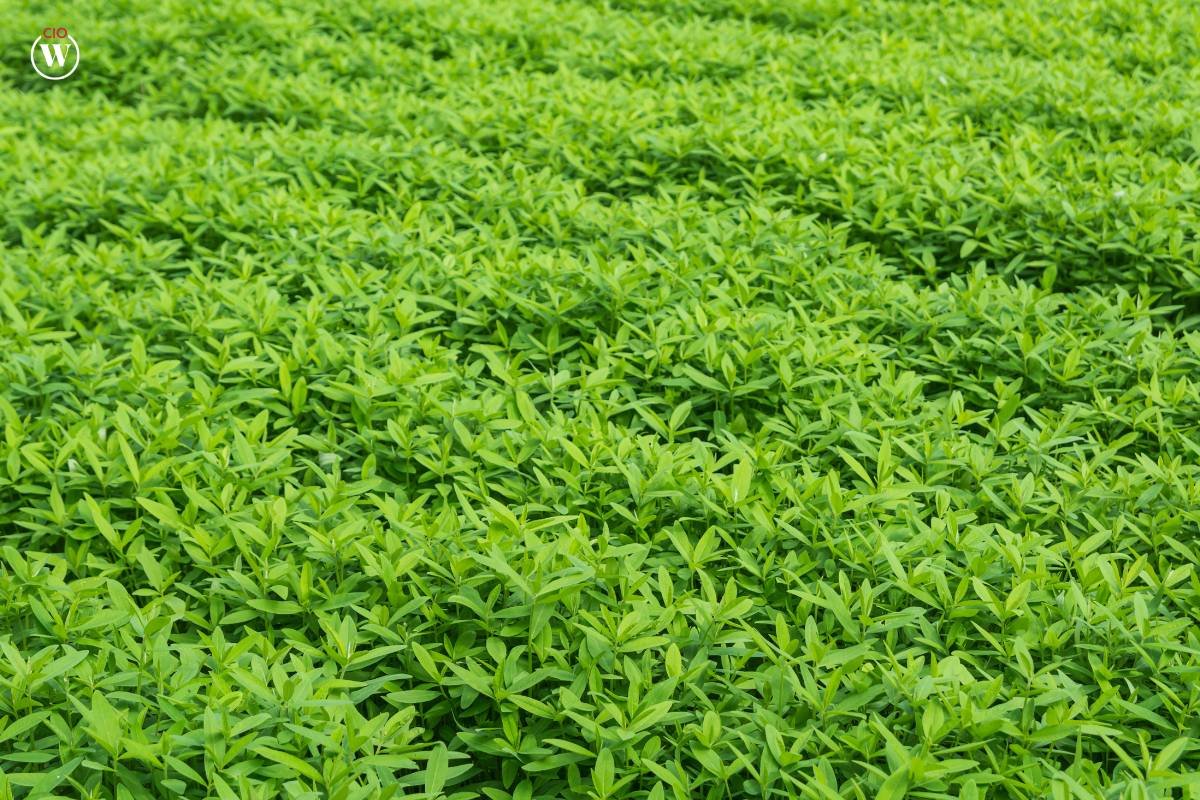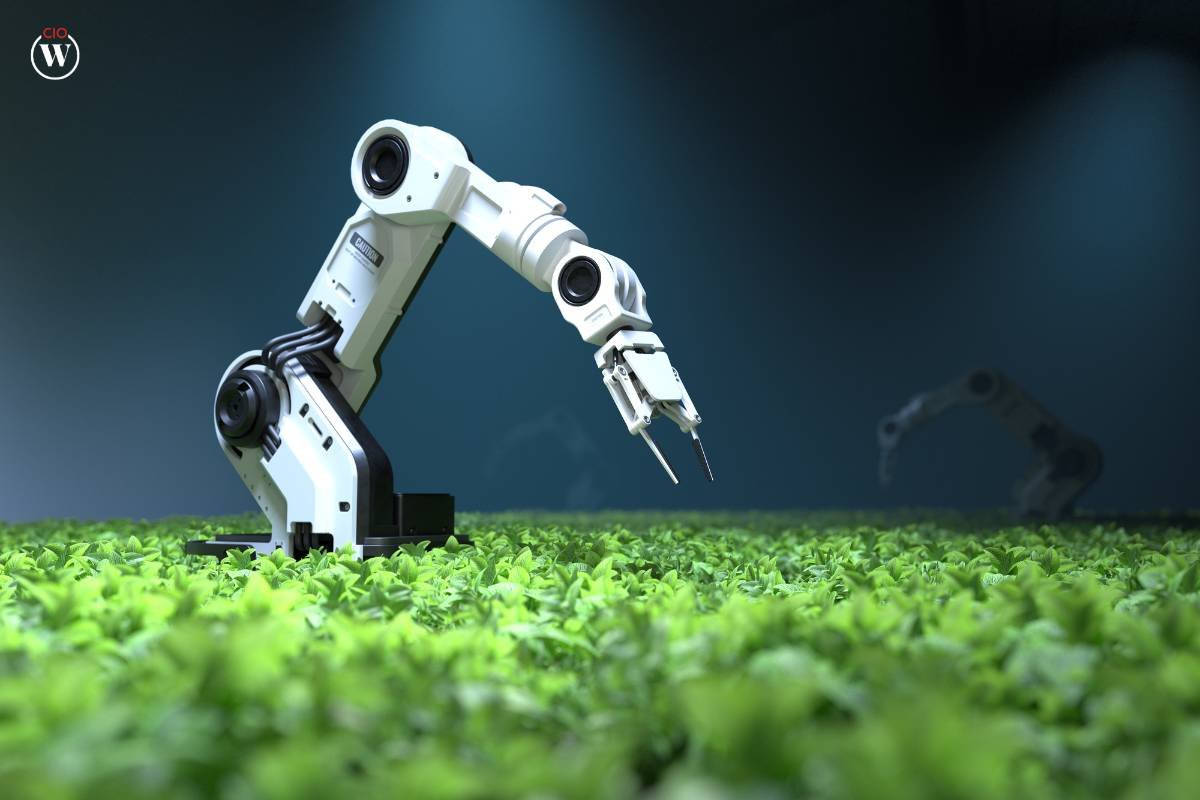In recent years, the agricultural sector has undergone a transformative revolution, thanks to the integration of cutting-edge technologies. One of the most impactful innovations in this realm is the application of robotics for agricultural automation. This technology not only streamlines traditional farming practices but also opens up new possibilities for sustainable and efficient agricultural production. In this article, we will delve into the various aspects of robotics for agricultural automation, exploring its benefits, applications, challenges, and future prospects.
Understanding Robotics for Agricultural Automation:
Robotics for agricultural automation involves the use of autonomous machines and robotic systems to perform tasks related to farming and cultivation. These robots are equipped with advanced sensors, cameras, and artificial intelligence algorithms that enable them to navigate through fields, make informed decisions, and execute specific agricultural operations. The primary goal is to enhance productivity, reduce labor costs, and optimize resource utilization.
Key Applications of Robotics in Agriculture:
a. Precision Farming:
One of the primary applications of robotics for agricultural automation is precision farming. Robots equipped with GPS and sensors can analyze the soil conditions, monitor crop health, and apply fertilizers or pesticides with pinpoint accuracy. This not only improves crop yields but also minimizes the use of resources, making farming more sustainable.
b. Autonomous Harvesting:

Robotics plays a crucial role in automating the harvesting process. Autonomous harvesters equipped with computer vision systems can identify ripe crops and harvest them with precision. This reduces the dependency on manual labor, addresses labor shortages, and ensures timely harvesting, crucial for maintaining the quality of the produce.
c. Weed Control and Crop Monitoring:
Robots can be programmed to identify and remove weeds selectively. This not only eliminates the need for chemical herbicides but also promotes organic and sustainable farming practices. Additionally, robotic systems can continuously monitor crops, providing real-time data on growth patterns, disease outbreaks, and overall crop health.
d. Planting and Seeding:
Robotic seeders and planters have the capability to plant crops with high precision and uniformity. The use of robotics ensures optimal spacing between plants, which is essential for efficient resource utilization and maximizing crop yields. This technology significantly reduces the margin of error compared to traditional manual planting methods.
Benefits of Robotics for Agricultural Automation:
a. Increased Efficiency:
Robotics for agricultural automation enhances efficiency by performing tasks with precision and consistency. Unlike human labor, robots do not experience fatigue or downtime, leading to continuous and reliable operations. This results in higher productivity and reduced operational costs.
b. Resource Optimization:
The integration of robotics allows for precise resource management. By analyzing data from sensors and other monitoring devices, robots can optimize the use of water, fertilizers, and pesticides. This not only reduces environmental impact but also contributes to sustainable farming practices.
c. Labor Savings:
Automation in agriculture addresses the ongoing challenge of labor shortages. With autonomous machines taking over repetitive and physically demanding tasks, human labor can be redirected to more skilled and strategic roles within the agricultural value chain.
d. Improved Crop Quality:

Robotics ensures that agricultural tasks are performed with a high level of accuracy, contributing to improved crop quality. Whether it’s planting, harvesting, or pest control, the precision offered by robotic systems minimizes damage to crops and reduces the risk of human error.
Challenges and Considerations:
a. High Initial Investment:
While the long-term benefits of robotics for agricultural automation are substantial, the initial investment required can be a barrier for many farmers, especially those with smaller operations. Governments and industry stakeholders need to explore avenues for providing financial incentives and support to facilitate the adoption of this technology.
b. Integration with Existing Systems:
Integrating robotics into existing agricultural systems can be challenging. Compatibility issues, the need for specialized training, and concerns about system interoperability may hinder the seamless adoption of robotic technologies. Efforts should be made to develop standardized interfaces and protocols for better integration.
c. Data Security and Privacy Concerns:
The use of robotics in agriculture involves the collection and analysis of large amounts of data. Farmers and stakeholders must address concerns related to data security and privacy. Implementing robust cybersecurity measures and establishing clear data governance policies are essential to build trust in the adoption of these technologies.
d. Technical Challenges:
The development of sophisticated robotics for agricultural automation requires overcoming technical challenges such as sensor accuracy, adaptability to diverse terrains, and the ability to handle unforeseen environmental conditions. Ongoing research and development are crucial to addressing these challenges and refining the capabilities of agricultural robots.

These startups are laying the groundwork for the food system of the future, which will be an automated one that is highly productive, adaptable, and sustainable. They are doing AI-powered Agriculture Projects by utilizing a combination of artificial intelligence (AI), blockchain, advanced data analytics, and other technologies.
Future Prospects and Innovations:
a. Swarm Robotics:
One promising avenue in the realm of robotics for agricultural automation is swarm robotics. Inspired by the collective behavior of insects, swarm robotics involves the coordination of multiple small robots working together to perform tasks. This approach enhances efficiency and flexibility, particularly in large agricultural fields.
b. AI and Machine Learning Advancements:
Continued advancements in artificial intelligence (AI) and machine learning will further enhance the decision-making capabilities of agricultural robots. These technologies will enable robots to adapt to dynamic environmental conditions, learn from experience, and continuously improve their performance.
c. Drone Technology:
Drones equipped with advanced imaging technology are increasingly being used for crop monitoring and surveillance. These aerial vehicles can quickly cover large areas, providing farmers with real-time data on crop health, water stress, and pest infestations. Integration with ground-based robotic systems can create a comprehensive and efficient agricultural automation ecosystem.
d. Human-Robot Collaboration:

The future of agriculture may see increased collaboration between humans and robots. While robots handle repetitive and strenuous tasks, human expertise will be essential for more complex decision-making processes. This symbiotic relationship can result in a harmonious balance between automation and human involvement.
Conclusion
In conclusion, robotics for agricultural automation represents a significant leap forward in modernizing and optimizing traditional farming practices. The integration of autonomous machines and robotic systems brings about increased efficiency, resource optimization, and improved crop quality. Despite the challenges, the potential benefits are too substantial to ignore.
As the agricultural sector continues to evolve, stakeholders must work collaboratively to address challenges, promote research and development, and facilitate the adoption of robotic technologies. The future of agriculture lies in a seamless blend of human expertise and robotic precision, ensuring sustainable and productive farming practices for generations to come. Robotics for agricultural automation is not just a technological advancement; it is a pathway to a more resilient and efficient future for global agriculture.
Related topics:
1. 13 Best Examples Of AI In Agriculture
2. Harvesting Tomorrow: Unleashing The Potential Of Artificial Intelligence In Agriculture









